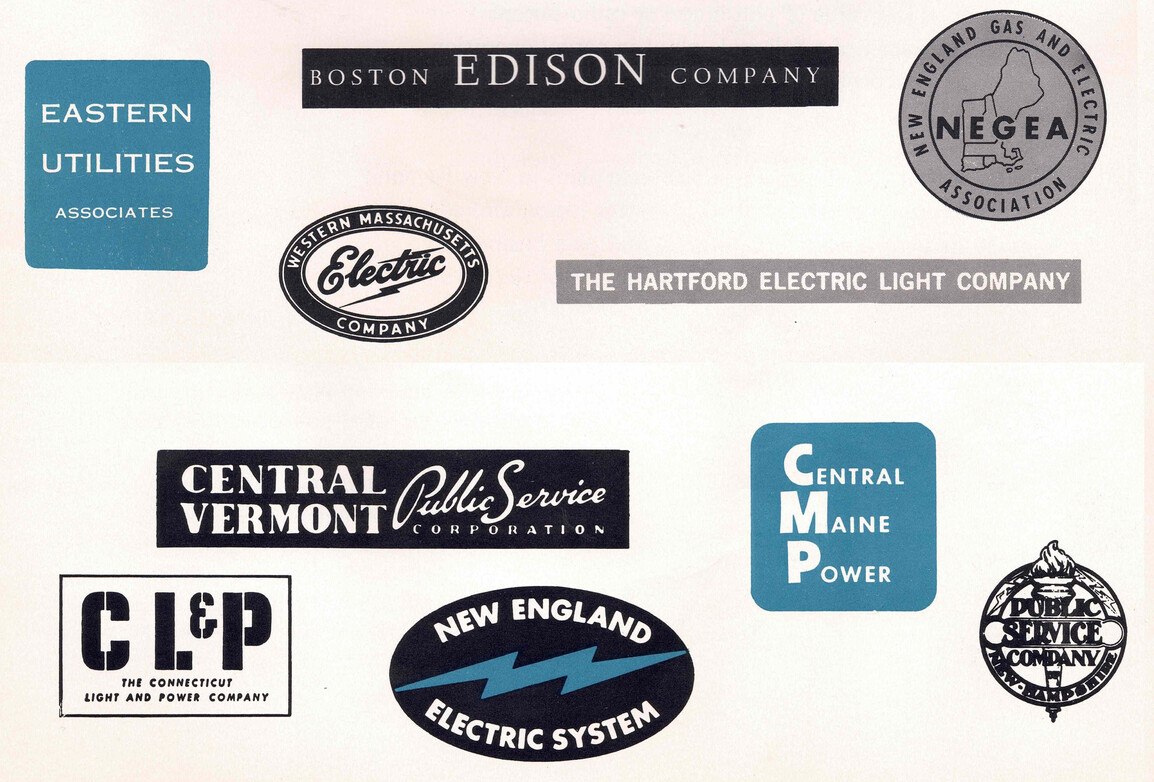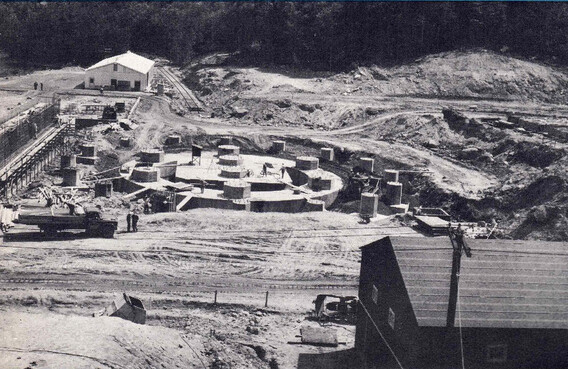The Yankee Rowe Story
Thread
2024-05-22In the days after US President Eisenhower signed the Atomic Energy Act of 1954, which allowed civilians to own and operate commercial nuclear plants, a group of 10 New England utilities agreed to form a cooperative company tasked with building and operating a full-scale nuclear plant. The company was called the Yankee Atomic Electric Company, and they built and operated the Yankee Rowe reactor.
The Yankee partners wanted to move fast, so they chose to use the same reactor model as the successful government-sponsored submarines and the under-construction Shippingport reactor: the Pressurized Water Reactor (PWR). They engaged the seasoned pros, Westinghouse and Stone & Webster to design and construct the reactor, the same exact team that was building Shippingport.
Yankee was somewhat unique (along with Dresden) at the time in that it was privately financed. The sponsoring companies purchased stock providing 35% of the capital needs. Another 35% came from the sale of Yankee bonds to insurance companies, and then the remaining 30% came from unsecured 4.75% notes from 28 banks. Here's the reactor structure going up.
The early, on-budget delivery, private financing, relatively high-burnup core, and relatively stable performance of Yankee provided the proof needed to inspire the wave of orders of LWRs that made up the current nuclear fleet. Conversely, many of the non-water reactors being prototyped at the time suffered serious operational challenges.
I recently obtained this brochure, "The Yankee Story" and scanned it at 600 dpi. You can see it all here. This pioneering reactor's story is well worth reading.
More
You can find more info at:Reader comments


